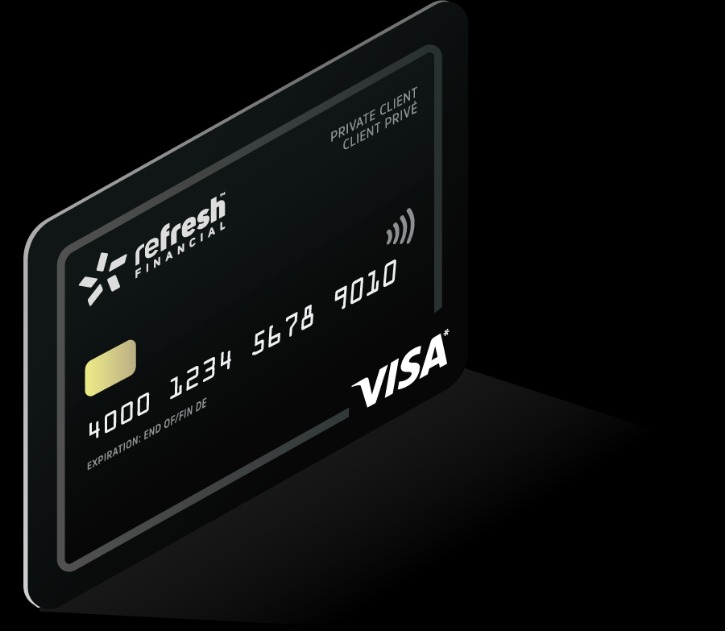In the digital age, online transactions have become an integral part of our everyday lives. With the convenience of purchasing goods and services from the comfort of our homes, there comes a pressing need to understand the security mechanisms that govern such transactions. One such element is the non VBV bins list, a crucial aspect often discussed in the context of e-commerce and digital payment processing.
Understanding the Basics of BINs
Bank Identification Numbers (BINs) are the first few digits of a credit or debit card number and help identify the institution that issued the card. This identification plays a significant role in processing transactions, ensuring that payments are executed swiftly and securely. Typically, BINs are used by various entities to detect fraud, establish transaction authenticity, and streamline financial processes.
The Role of Non VBV Bins
Non VBV (Verified by Visa) bins refer to the card numbers that are not enrolled in the additional security layer provided by Visa 3D Secure. While this may raise eyebrows regarding security, non VBV bins offer flexibility in certain situations. For instance, merchants dealing with low-value transactions might prefer non VBV bins to facilitate rapid purchases without additional authentication steps.
It is essential for businesses to strike a balance between security and customer convenience. While non VBV bins can speed up the checkout process, they also require robust monitoring mechanisms to safeguard against potential fraud attempts.
The Significance of Non VBV Bins List in the Digital World
The presence of a comprehensive non VBV bins list enables businesses to effectively categorize and manage transactions. By understanding the nature of the bins in use, companies can optimize their payment processing strategies. This approach helps in maximizing operational efficiency while minimizing the risk of unauthorized transactions.
Moreover, having access to a non VBV bins list can aid in developing customized fraud detection systems. By analyzing transaction patterns associated with non VBV bins, financial institutions can create algorithms that swiftly identify and block suspicious activities, thereby enhancing the overall security architecture.
Conclusion: Navigating the Future of Digital Payments
As technology continues to evolve, understanding the nuances of online payment structures and the role of non VBV bins becomes increasingly vital. By leveraging the insights offered by comprehensive bin lists, businesses can not only fortify their defenses but also enhance customer trust and satisfaction. Embracing these tools ensures that as the virtual marketplace expands, both security and efficiency go hand in hand.




